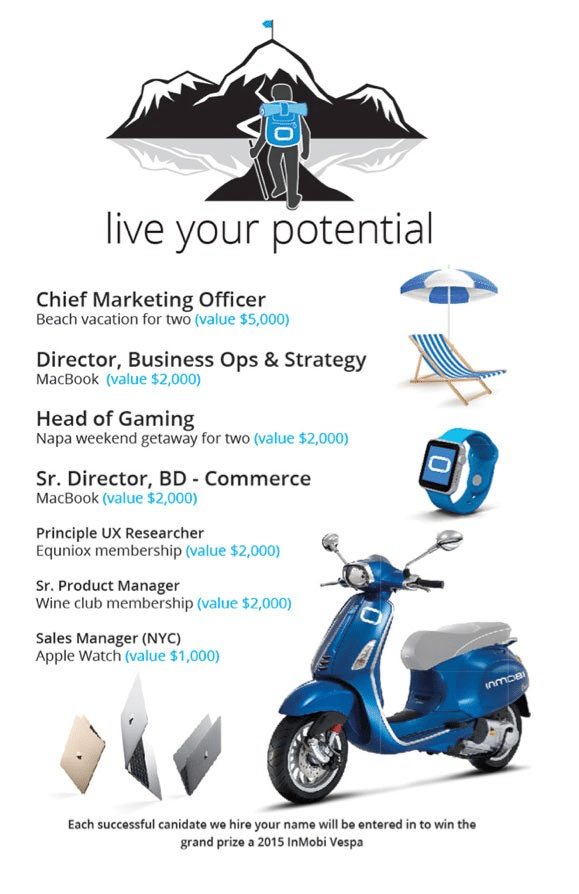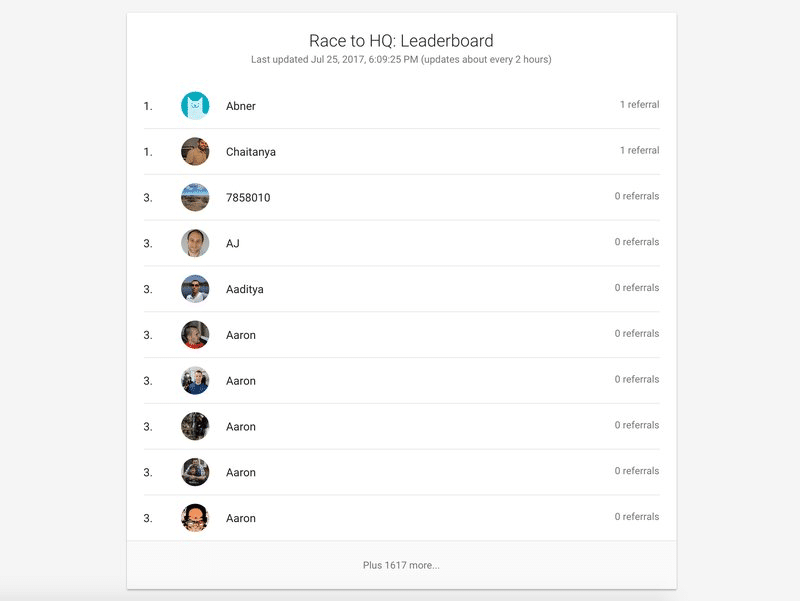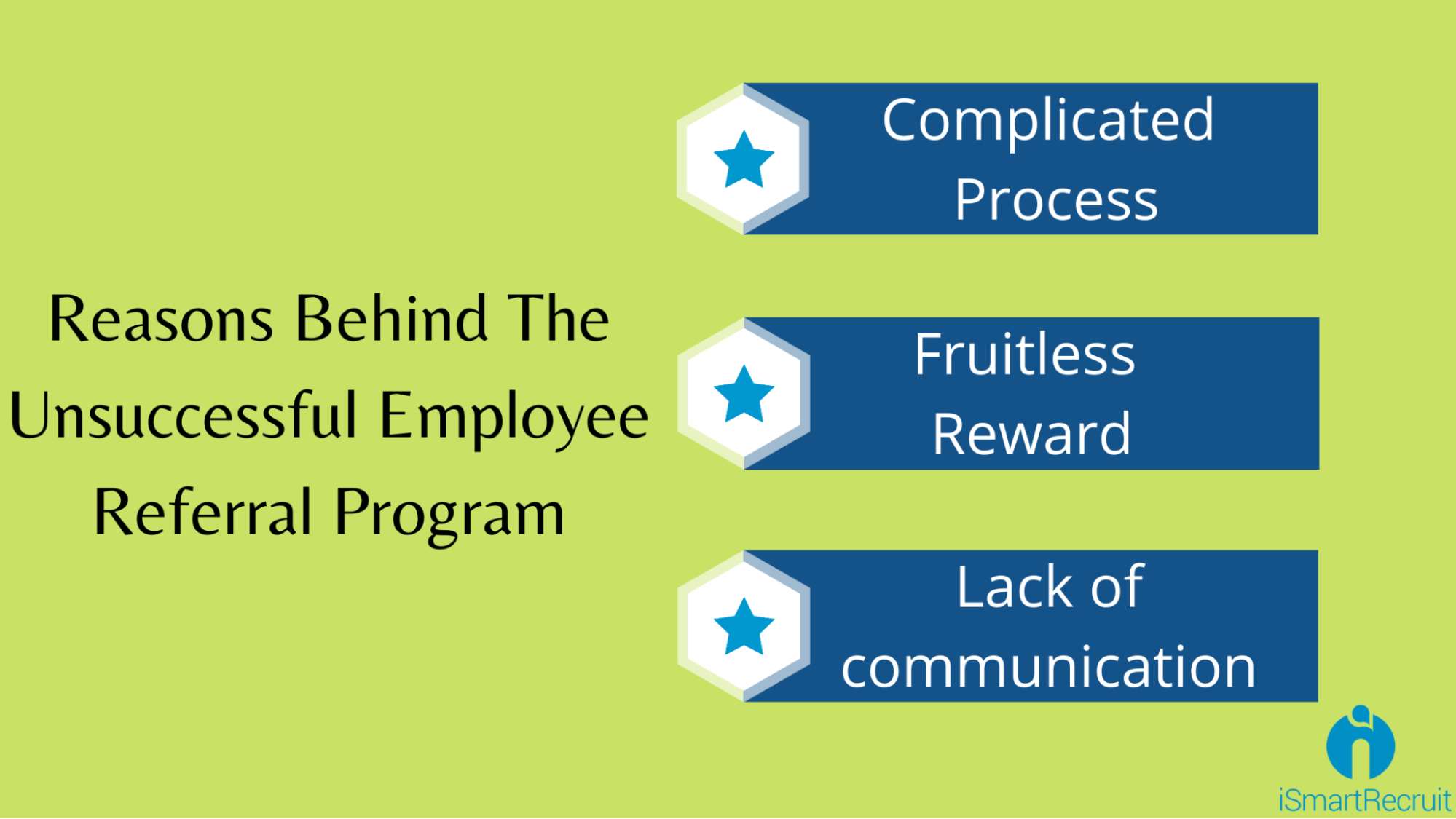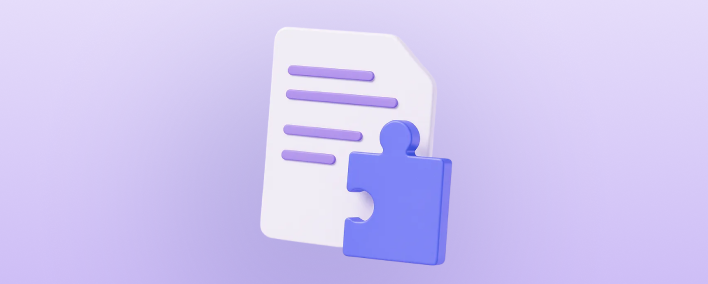Important features
All of the examples we look at below have at least one of the following features in evidence. The program benefits from being easy to use, open to all, and transparent in its working. There has to be quick and frequent feedback regarding how referrals are doing, and there has to be some means of contact between the participants, whether it be physically in the same room or remote link-ups, like virtual tours, game nights, or virtual celebrations.
So, if you’re considering a referral program, whether it’s created by you from scratch or it comes as an integral part of platform migration, make sure these features are all in place.
It’s important to think of an employee referral program as a way of finding talent and also promoting the organization. In this way, they’re like marketing partnerships.
1. InMobi
Indian brand agency InMobi faced a problem with recruitment in 2015. They had only six people in the company’s recruitment division, which is an inadequate number for the amount of recruitment that the company needed to perform. So they went for employee referral in a big way. They went from employee referral powering 20% of tech hires prior to April 2015 to over 50% afterward.
How did they achieve this growth? This is weird, as it plays counter to the above preference for cash. In short, they stopped paying out cash. Huh? You read that right. Cash was out, and in its place came products and experiences. These included holidays, phones, and, most enticingly, motorbikes. There’s a brand in India called Royal Enfield, and its distinctive look and sound make for a much-prized object of desire that cuts across just about all classes and castes.
To really drive things home, a brand new, gleaming Royal Enfield bike was parked outside the head office every day for employees to covet. This kept the referral program very much in the forefront of everyone’s mind and placed the incentive very much in reach, literally, of all going into work.
Visibility and employee engagement were enhanced with the use of team member huddles, posters, screensavers, and other business communication tools, all reminding the workforce of the wonderful items and experiences (including “crazy parties in Ibiza and Amsterdam”) that could be theirs if they came up with successful hires.
These referral rewards were changed to suit different territories so that American employees were offered a Vespa instead of a Royal Enfield. The US poster was like this:























